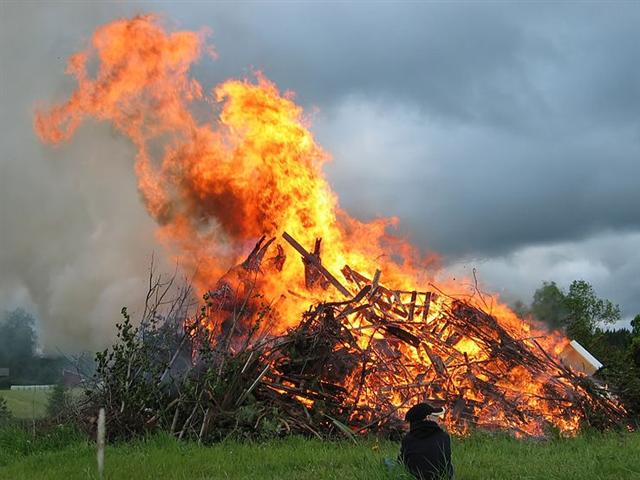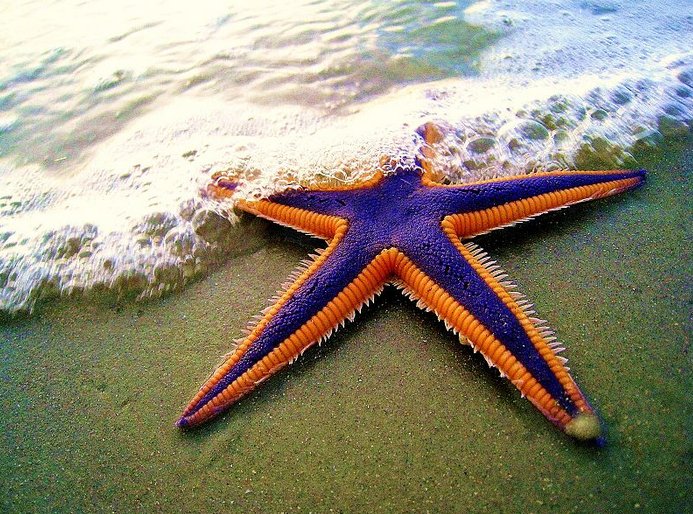Next page:
There are 27 days from the first perfect little Rei (Ga1-30) to the 2nd at Naos. This means 8h at Ga2-27 could refer to the time of Al Sharatain (when the First Point of Aries was at 0h). At that time, when Julius Caesar determined his new calendar, the June solstice had just ended with 'June 23 (174 = 6 * 29) = 201 (July 20) - 27:
Notably day 360 was at the nakshatra position of the night in 'June 26 ('He Maro 26). 177 + 183 = 360 = 3 * 59 + 3 * 61. The names of the heliacal stars could indicate the season when a 'Bright Fire' (the Sun) was alighted in the sky. At St John's Eve (in Roman times) a Heap of Fuel was rising with the Sun, and beyond day 177 someone could have ignited this heap.
Sometimes the remains of the Old Ship may have been in so bad a condition that the planks could not be reused and it only remained to burn them.
We can compare with the text in C, where the week beyond 8h (in rongorongo times) had a very special glyph in its center, perhaps referring to χ Cancri rather than to Bright Fire (λ Cancri). This pair of stars were rising with the Sun 125 (= 5 * 5 * 5) days after 0h - a perfect cube of days:
(Royal starfish) Even if we assume we have to reduce the heliacal star dates with 27 in order to find the intended correct calendar dates there may still be uncertainty as to whether the glyphs could be illustrating the end of June north of the equator or if we should perceive (nakshatra wise) the end of December south of the equator.
However, this question could be irrelevant because the glyphs might simply be illustrating the positions of important stars. A bright new fire appears to be in Ga3-3, possibly to be read together with the preceding glyph where the beginning of a new land (henua) could be. In January 23 the Bright Fire star could be observed close to the Full Moon meaning it was a hot season on Easter Island. And thus the date according to the Julian calendar was Ko Koró 27. Furthermore, around a quarter of the precessional cycle earlier the 'morning' of the year would have been where the 'cock' (moa toa) of Bright Fire rose heliacally, opening his mouth and crying out a message that earth and sky were separating, allowing day light to enter. 
When the Sun is rising its power makes it impossible to continue to see the other stars. They disappear. Castor represents the night 'eye' of the year and he disappears (dies) when Pollux takes over. ... In the morning of the world, there was nothing but water. The Loon was calling, and the old man who at that time bore the Raven's name, Nangkilstlas, asked her why. 'The gods are homeless', the Loon replied. 'I'll see to it', said the old man, without moving from the fire in his house on the floor of the sea. Then as the old man continued to lie by his fire, the Raven flew over the sea. The clouds broke. He flew upward, drove his beak into the sky and scrambled over the rim to the upper world. There he discovered a town, and in one of the houses a woman had just given birth. The Raven stole the skin and form of the newborn child. Then he began to cry for solid food, but he was offered only mother's milk. That night, he passed through the town stealing an eye from each inhabitant. Back in his foster parents' house, he roasted the eyes in the coals and ate them, laughing. Then he returned to his cradle, full and warm. He had not seen the old woman watching him from the corner - the one who never slept and who never moved because she was stone from the waist down. Next morning, amid the wailing that engulfed the town, she told what she had seen. The one-eyed people of the sky dressed in their dancing clothes, paddled the child out to mid-heaven in their canoe and pitched him over the side ... According to Wilkinson the left eye of Horus became associated with the moon and the right eye with the sun. Or the rising sun with one eye and the descending sun with the other eye:
... There is a couple residing in one place named Kui and Fakataka. After the couple stay together for a while Fakataka is pregnant. So they go away because they wish to go to another place - they go. The canoe goes and goes, the wind roars, the sea churns, the canoe sinks. Kui expires while Fakataka swims. Fakataka ['forming a circle'] swims and swims, reaching another land. She goes there and stays on the upraised reef in the freshwater pools on the reef, and there delivers her child, a boy child. She gives him the name Taetagaloa [i.e., not - tae - Tagaroa, the 'fish' god]. When the baby is born a golden plover flies over and alights upon the reef. (Kua fanau lā te pepe kae lele mai te tuli oi tū mai i te papa). And so the woman thus names various parts of the child beginning with the name 'the plover' (tuli): neck (tuliulu), elbow (tulilima), knee (tulivae). They go inland at the land. The child nursed and tended grows up, is able to go and play. Each day he now goes off a bit further away, moving some distance away from the house, and then returns to their house. So it goes on and the child is fully grown and goes to play far away from the place where they live. He goes over to where some work is being done by a father and son. Likāvaka is the name of the father - a canoe-builder, while his son is Kiukava. Taetagaloa goes right over there and steps forward to the stern of the canoe saying - his words are these: 'The canoe is crooked.' (kalo ki ama). Instantly Likāvaka is enraged at the words of the child. Likāvaka says: 'Who the hell are you to come and tell me that the canoe is crooked?' Taetagaloa replies: 'Come and stand over here and see that the canoe is crooked.' Likāvaka goes over and stands right at the place Taetagaloa told him to at the stern of the canoe. Looking forward, Taetagaloa is right, the canoe is crooked. He slices through all the lashings of the canoe to straighten the timbers. He realigns the timbers. First he must again position the supports, then place the timbers correctly in them, but Kuikava the son of Likāvaka goes over and stands upon one support. His father Likāvaka rushes right over and strikes his son Kuikava with his adze. Thus Kuikava dies. Taetagaloa goes over at once and brings the son of Likāvaka, Kuikava, back to life. Then he again aligns the supports correctly and helps Likāvaka in building the canoe. Working working it is finished. (Ruth Finnegan & Margaret Orbell, South Pacific Oral Traditions.)
| |||||||||||||||||||||||||||||||||||||||||||||||||||||||||||||||||||||||||||||||||||||||||||||||||||||||||||||||||||||||||||||||||||||||||||||||||||||||||||||||||||||||||||||||||||||||||||||||||||||||||||||||||||||||||||||||||||||||||||||||||||












